Sugarcane is a native to India. It is also grown in Brazil, Cuba, Pakistan, Thailand, Philippines, Argentina, Columbia, Indonesia and South Africa. Uttar Pradesh, Karnataka, Maharashtra, Andhra Pradesh, Tamil Nadu and Bihar are among the major sugarcane growing states in India. Sugarcane is mainly used for the production of white sugar, gur and khandsari in India. Molasses, a by-product is also used in the production of alcohol.
Climate and soil
Sugarcane is a nutrient and water demanding crop. It is not suitable to high temperature zones. For optimal productivity, it requires 750-1200 mm of rainfall during its growth period. Well drained, alluvial to medium black cotton soils are best suited for sugarcane cultivation. Cultivation in sandy loam soils under irrigated conditions also has shown some results.
Varieties
Some of the recommended varieties for organic sugarcane production are Co 8021, Co 86032, CoG 94077, Co 86249 etc.
Land preparation
Deep ploughing with disc plough followed by shallow ploughing 3-4 times using cultivar, is recommended.
Spacing
A minimum row spacing of 90 cm to maximum of 150 cm can be followed. Furrow must be prepared at 20-30 cm depth.
Organic manure
Farmyard manure of compost must be applied at the rate of 80 t/ha before ploughing or planting.
Planting material
Setts from 6-8 month old disease free nursery crop has to be selected. Always search for organically grown crop if possible.
Seed-sett treatment
Dip the setts in suspension of 2kg of azotobacter+2kg azospirillum+2kg PSB biofertilizer in 200 liters of beejamrut, for 30 minutes
Sett rate and planting
A spacing of 90 cm allows 75,000 setts to be planted in a hectare.
Green manure intercrop
Green manure crops like sunhemp, daincha can be sown, 3-4 days after planting. The green crops have to be incorporated into the soil, 45 days after its sowing. Cowpea, coriander, moong, groundnut, Bengal gram are commonly used as intercrops for sugarcane.
Crop rotation
Sugarcane is generally used in a 2-3 year crop rotation with cotton, paddy, sorghum, maize, potato, pea, wheat etc. Some of the most popular rotations are:
Maize-potato-sugarcane
Cotton-sugarcane-chickpea
Rice-groundnut-sorghum-ragi-sugarcane
Maize-wheat-sugarcane-sugarcane ratoon
Rice-sugarcane-wheat
The cultivation of legume crops prior to sugarcane is proven beneficial.
We have a book with detailed information on this plant and for more info, please click here…
Both kindle eBook version and Paperback version of this plant is available at all Amazon stores. For more info, click here…
Weed management
A weed removal schedule of hand hoeing and weeding at 30, 60 and 90 days after planting is to be scheduled. Avoid chemical weed control practices.
Biofertilizers
At 30 and 60 days after planting, apply 5 kg each of Azospirillum and Phosphobacteria respectively. Mix the biofertilizers with 500 kg/ha farmyard manure and apply to soil. Irrigation should follow immediately.
Trashing
Dried and old leaves are to be removed at the 5th and 7th month and mulching should be done in alternate furrows.
Pest management
Early shoot borer
Trash mulching, frequent irrigation, light earthing up at every 35th day will reduce the incidence of this pest. In case of severe occurrence, release 125 fertilized female Sturmiopsis parasite/ha at 45-60 days of planting. Release of Trichogramma chilonis (50,000/ha) 45 days after planting helps in controlling the pest.
Inter node stem borer
- Use of resistant varieties like CO 975, CO 7304, COJ 46
- Phyto-sanitation
- Collection and destruction of borer eggs
- Use of pheromone traps
- Release of Trichogramma chilonis (2.5 ml/ha) six times from the 4th month of planting at fortnightly interval
- Use of larval parasitoids Stenobracon deesae, Xanthopimpla nursei, Apanteles flavipes
- Release of pupal parasitoids Tetrastichus ayyari, Trichopilus diatraeae, Xanthopimpla stemmato
The following methods have been found to be effectively against white flies, thrips, mealy bugs and mites:
- Spray 1:15 liters of milk-water solution, boiled and cooled
- Foliar spray of 5 days fermented whey (in copper vessel)
- Spray fermented cow urine (5 days old in copper vessel)
Disease management
Red rot disease
- Selection of resistant varieties
- Sanitation of field and incineration of diseased clumps
- Block irrigation water from infested area reaching healthy areas
- Crop rotation with rice
Smut disease
- Use of disease free stocks for setts
- Sanitation of field
- Use of resistant varieties
Grassy shoot disease
- Steam therapy of setts to 500C an hour
- Use of disease free source for setts
Cane harvest and yield
The harvest of the crop should be done when the sugar content reaches to 16% and juice purity more than 85%. The crop generally matures within a year of cropping. The canes have to be harvested 2-3 cm above the ground level. Topping should be done at the point of break.
We regularly publish informative videos on various “Food, Agriculture, Gardening and Horticulture” topics. You may view these videos here…
You may also check out our Digital Publishing Services for Food, Agriculture, Gardening and Horticulture Sector by visiting this link


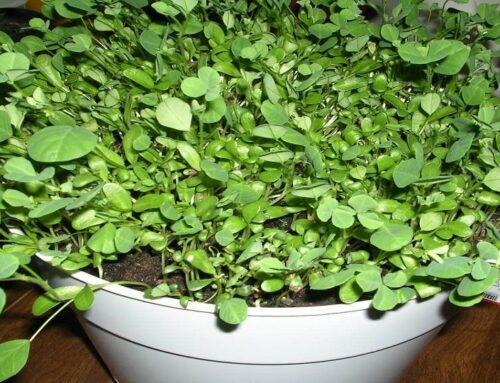
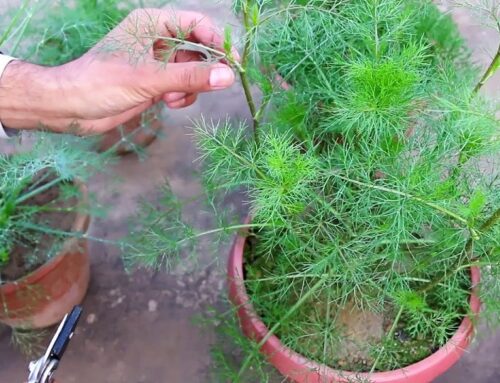
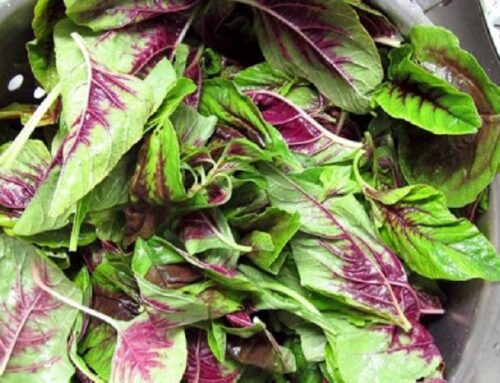
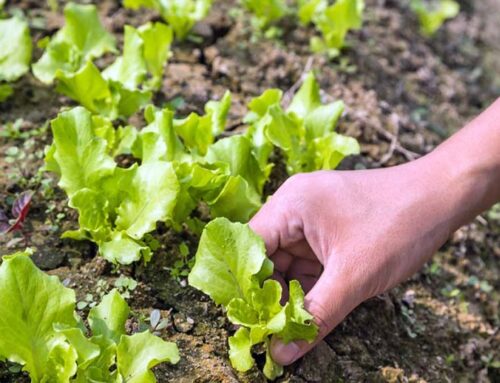
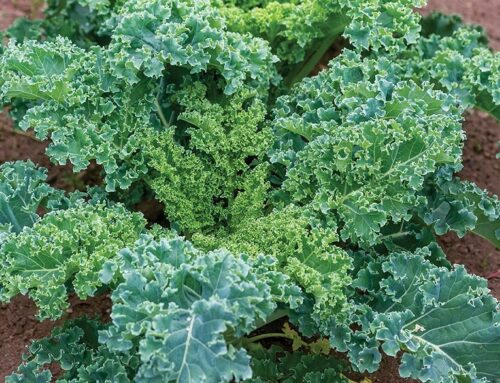
Leave A Comment
You must be logged in to post a comment.